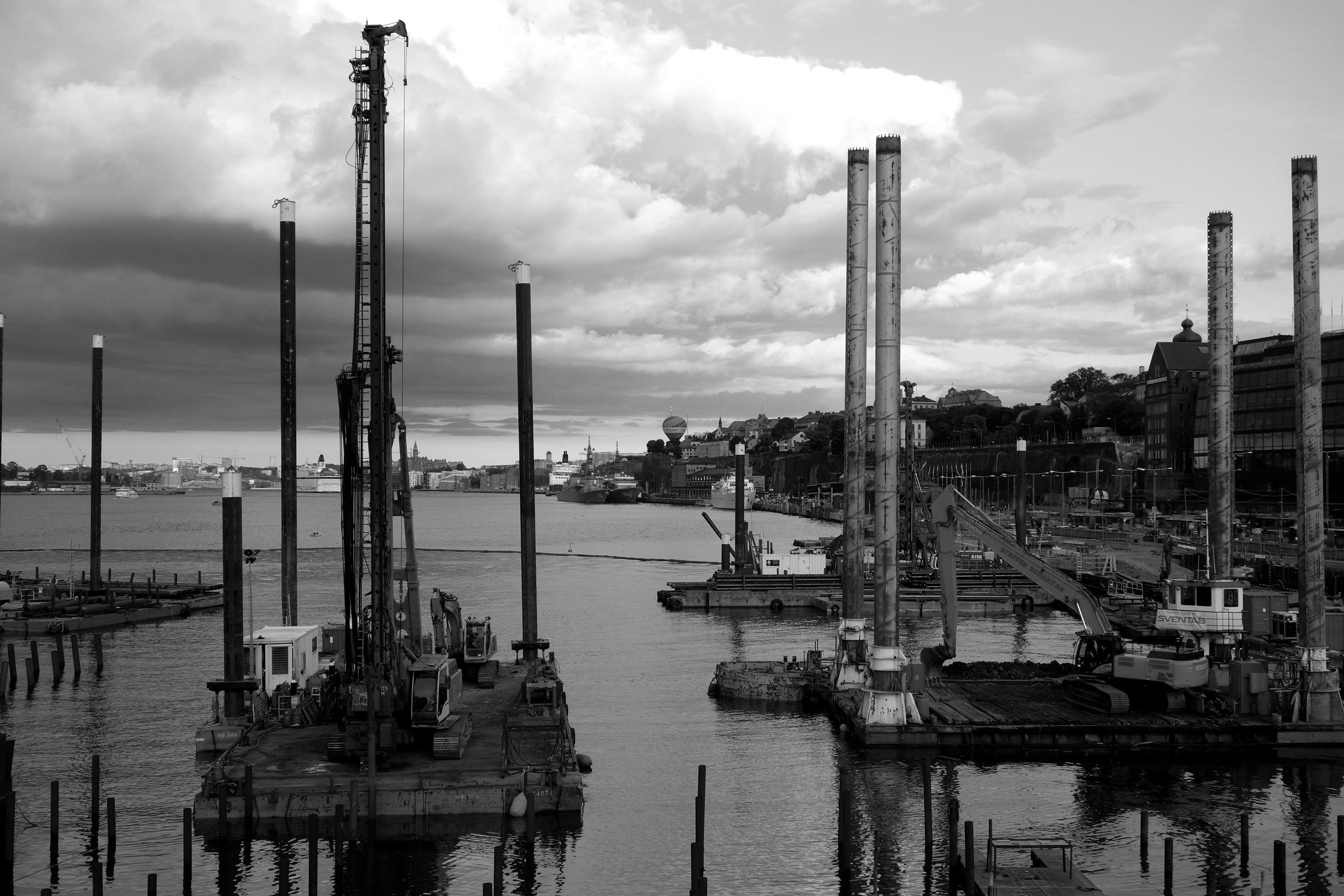
Agnafit
Agnafit – the historical location where Stockholm was founded – is here only a faint echo, and yet its essence quietly permeates this visit to the Swedish capital. Film locations that have become ingrained within a fictitious city coexist here with the mundane reality of the background. Images and roads fleetingly merge into each other, only to pave the way for the emergence of a new spatial experience.
They were ‘the children of Marx and Coca Cola’ on a journey to Sweden.
There was one scene he wouldn’t stop talking about; it showed Jean-Pierre Léaud and Chantal Goya performing a parody of Ingmar Bergman’s cinema in the film-within-a-film section of Jean-Luc Godard’s Masculin Féminin, filmed at the Scandic Hotel Continental in the Norrmalm district, Stockholm.
I met Nils in the autumn of 2003 when I was writing my undergraduate dissertation on the work of Victor Sjöström at the library of the Swedish Film Institute. Nils wasn’t enrolled at the university but he would attend all film screenings rigorously. On a Sunday morning we watched Masculin Féminin from an old VHS tape borrowed from his local library in Gamla Enskede. Immediately after that, we visited the reception of the Scandic Hotel Continental; we enjoyed the subtle disappointment that visiting film locations regularly evokes.
Nils moved to Kiruna, the northernmost town of the country, soon after my return to Italy. I had not seen him for over fifteen years when I received his email. He explained that he would soon be visiting Stockholm because of his work in the Civil Service; he was told, by whom I don’t know, that I would spend part of my summer holidays in Stockholm and suggested a meeting.
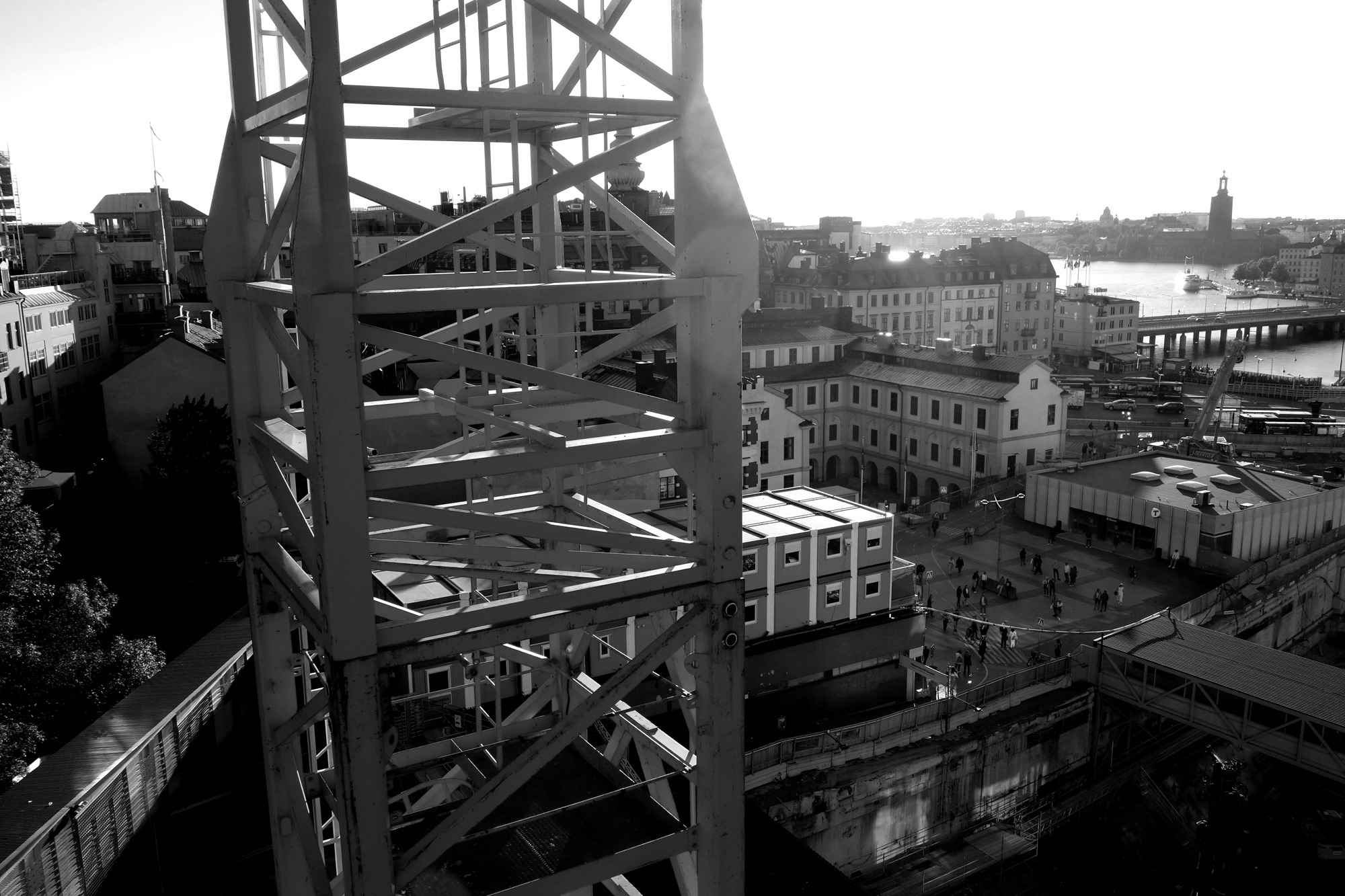
Nils was staying at the Sheraton Hotel by the Tegelbacken junction because it was one of several Stockholm locations where Soviet-era Moscow had been recreated in Michael Apted’s Gorky Park. He had wanted to be a spy ever since watching George Seaton’s The Counterfeit Traitor, another film partly shot in central Stockholm. Nils wrote to me that, from the window of his hotel room, he could see the Stockholm World Trade Centre, whose construction works began a few weeks after the assassination of Olof Palme. Nils was struck by how little this part of Stockholm must have really changed since Godard came here in 1966. He wrote to me: “I believe that if the project for the planned East-West main road through Norrmalm and Kungsholmen had not been shelved in 1974 the city would have changed beyond recognition.” He didn’t seem to like the idea.
In Kiruna he would watch old films of Stockholm on any possible occasion and he was now eager to see again the city that had kept living in his imagination fed by images made by others. I met him in the lobby of the Sheraton and was struck by his appearance: he had aged poorly and his health was clearly deteriorating. We decided to walk alongside the railway tracks through the islands of Riddarholmen and Gamla Stan, and arrived in the area of the cloverleaf interchange in Slussen just before noon. He reminded me that it was from Slussen that Victor Sjöström’s journey to Lund and into his past in Ingmar Bergman’s Wild Strawberries began. Soon after that Ingrid Thulin would tell him that his son hated him, Victor freezes for a moment while he is at the wheel and longs to visit the wild strawberries’ patch.
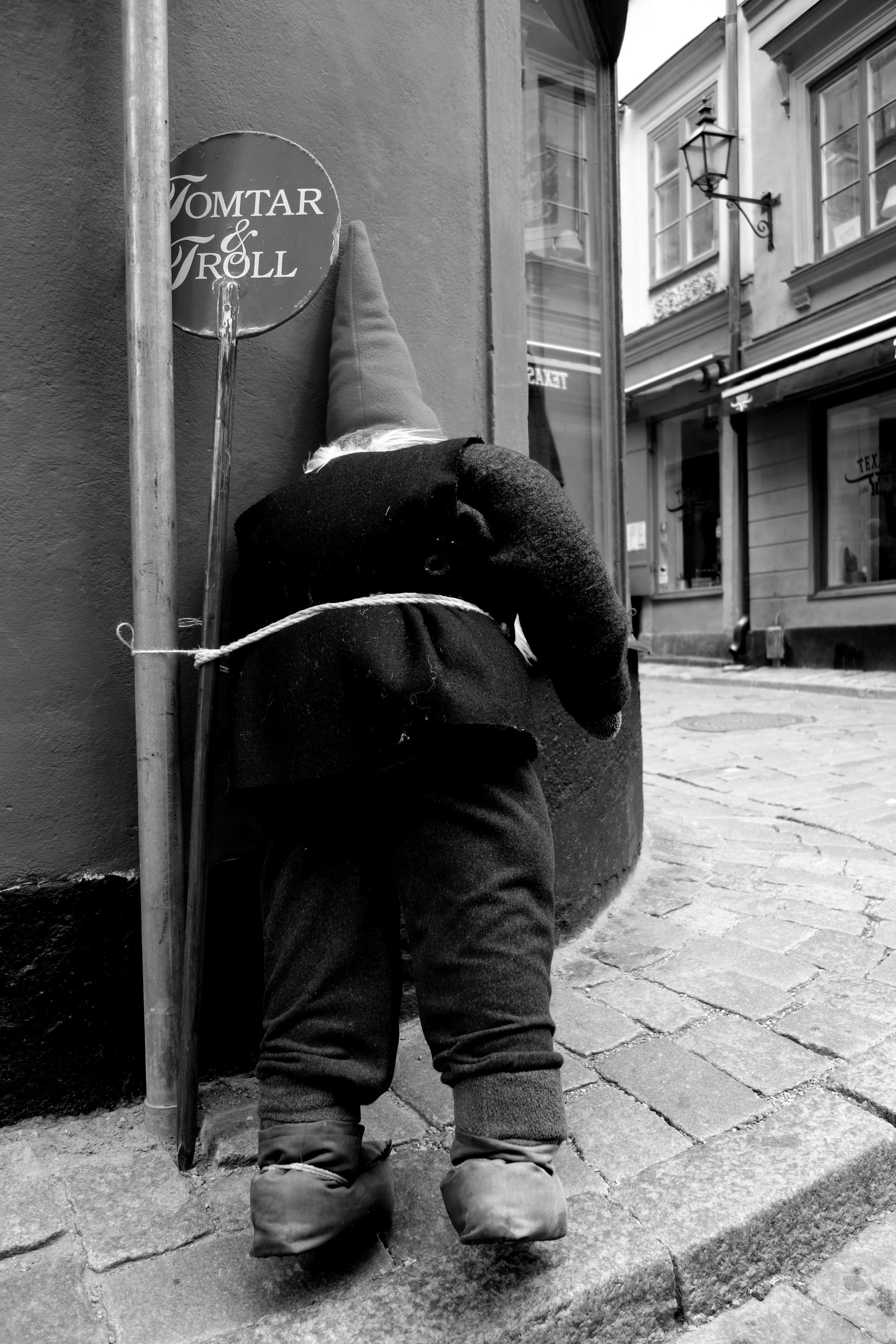

Nils was upset by the disappearance of painted advertising words from the façades next to the 1685 building of Södra Stadshuset; his only reassurance was the presence of the 1909 animated advertisement sign representing a toothbrush and a toothpaste tube of the brand Stomatol. I was confident the sign did not appear in Wild Strawberries but he seemed to remember differently. Sjöström himself filmed Gatans Barn in 1914 down the narrow alleys of Gamla Stan and Slussen twenty years before the creation of the celebrated traffic node – now the location of the building site for one of the largest urban transformation projects in Sweden (during construction works archaeologists have uncovered more than 200 cannonballs in what used to be a moat; Nils seemed to ignore this fact and I thought it was best to keep this information to myself). Gatans Barn is now considered to be lost. Nils once thought he had found still photographs from the film in a bric-à-brac market near the gasworks in the island of Lidingö, but when he returned to the stand with a sufficient sum of money the photographs had gone. He told me: “As I walked back to Stockholm I thought of Paul Newman filming the Hitchcockesque Lidingö bridge scene in Paul Robson’s The Prize, and stood in the middle of the bridge for quite some time. A small man holding a copy of Bergman’s Magic Lantern walked past me and I had to repress my urge to stop him and talk to him.”
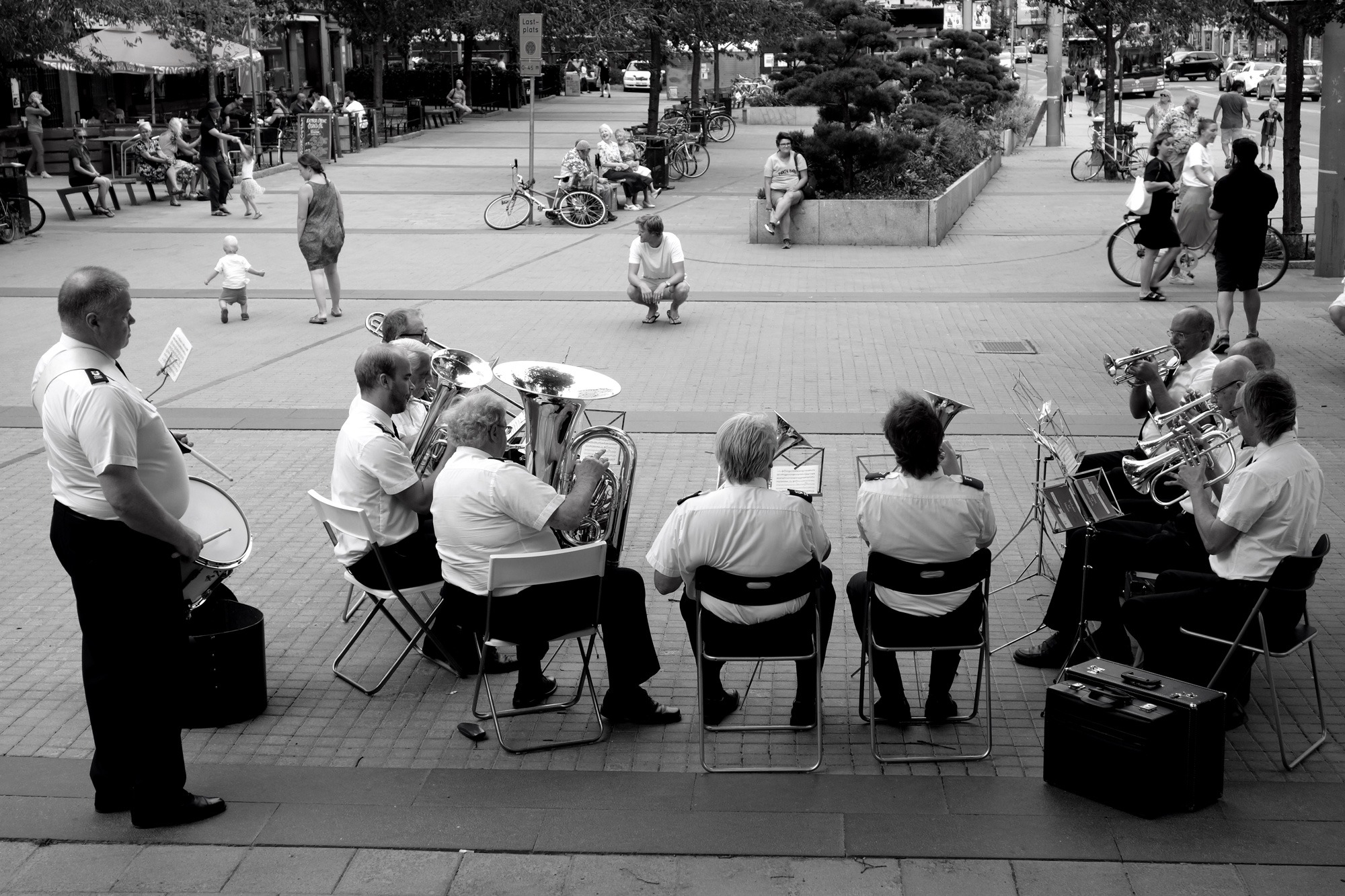
Nils was breathing heavily. I sensed he could have been about to tell me something about his health problems but he was suddenly distracted by the ferries departing to Gröna Lund, the amusement park on the seaward side of the island of Djurgården, and told me that he once watched Rolf Husberg’s Evening at the Djurgården while recovering from an outbreak of pneumonia in Kiruna. In 1946, at the time when the film was made, there was a competing amusement park called Nöjesfältet, a few yards away from Gröna Lund. It closed down in 1957. Nils had often dreamt of finding the remains of the derelict attractions of Nöjesfältet but never ventured to Djurgården, afraid that reality would not have matched his expectations. Nils wanted to take the Katarina Elevator, where the Stomatol sign was originally placed, and see the city from the heights of the island of Södermalm.
Some of the earliest films of Stockholm dating back to the first decade of the twentieth century, he told me, were taken from the lift on its way to the panoramic terrace, which we reached after a short wait. I already knew that, of course, but decided not to say anything. Nils loved the ghostly reveries emerging from films made by long-gone and often unknown filmmakers. As he looked at the cityscape, he told me he was amazed by the seemingly unchanged look of Gamla Stan, so much so, he seemed to have forgotten that despite her concessions to Nazi Germany, Sweden remained officially neutral during the War and her cities were spared incendiary bombs.

We walked from Klevgränd in the direction of Skanstull. Nils was exhausted and we decided to rest at Vitabergsparken. At the end of the nineteenth century, this was one of Stockholm’s poorest districts and was also described by August Strindberg in his satire of Stockholm society The Red Room. Ingmar Bergman, who was famously influenced by the work of Strindberg, adapted Per Anders Fogelström’s novel While the City Sleeps for the direction of Lars-Eric Kjellgren. It was filmed at Vitabergsparken four years before the construction in 1954 of the municipal outdoor theatre at the southern edge of the park.
Nils had also planned to visit Karlbergs Palace, the place where Bo Wiedeberg filmed his biopic of Danish tightrope walker and trick rider Elvira Madigan but, despite his excitement for the on-site discovery of a fragment of runestone featuring the proto-Norse Elder Futhark, he was by then too tired to face the train journey to Solna. We slowly returned to the Sheraton, hardly spoke, and said our goodbyes at the reception – another reception, fifteen years after our awkward visit to the Scandic Hotel Continental.
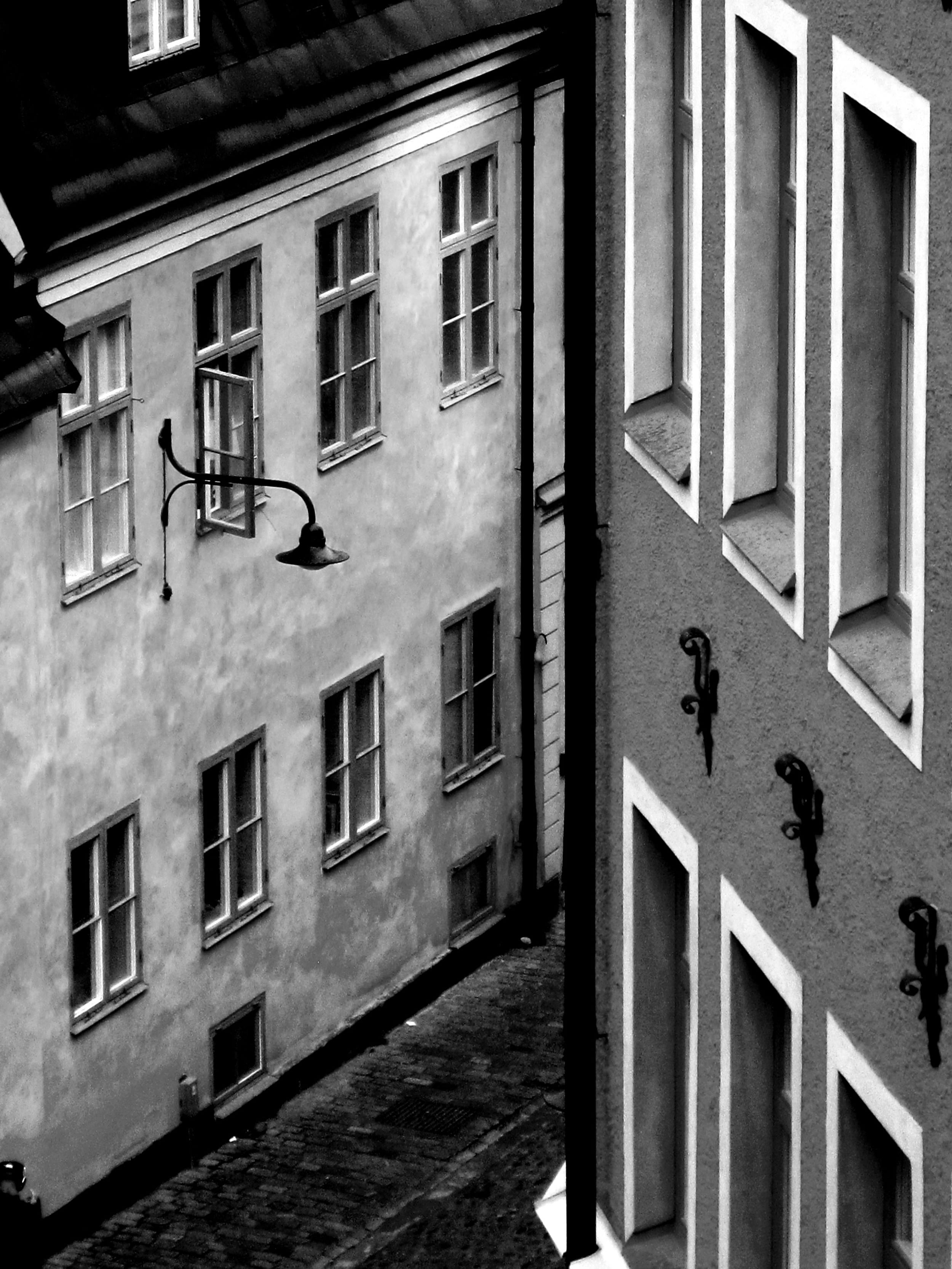

Now he writes to me from Kiruna and about Kiruna, about the Sámi people, about the long winter nights and the long summer days. I write about Minsk, Tbilisi, Delhi, Beijing or Jakarta. In one of my replies I quote Calvino: “Perhaps I am afraid of losing Venice all at once, if I speak of it, or perhaps, speaking of other cities, I have already lost it, little by little.”
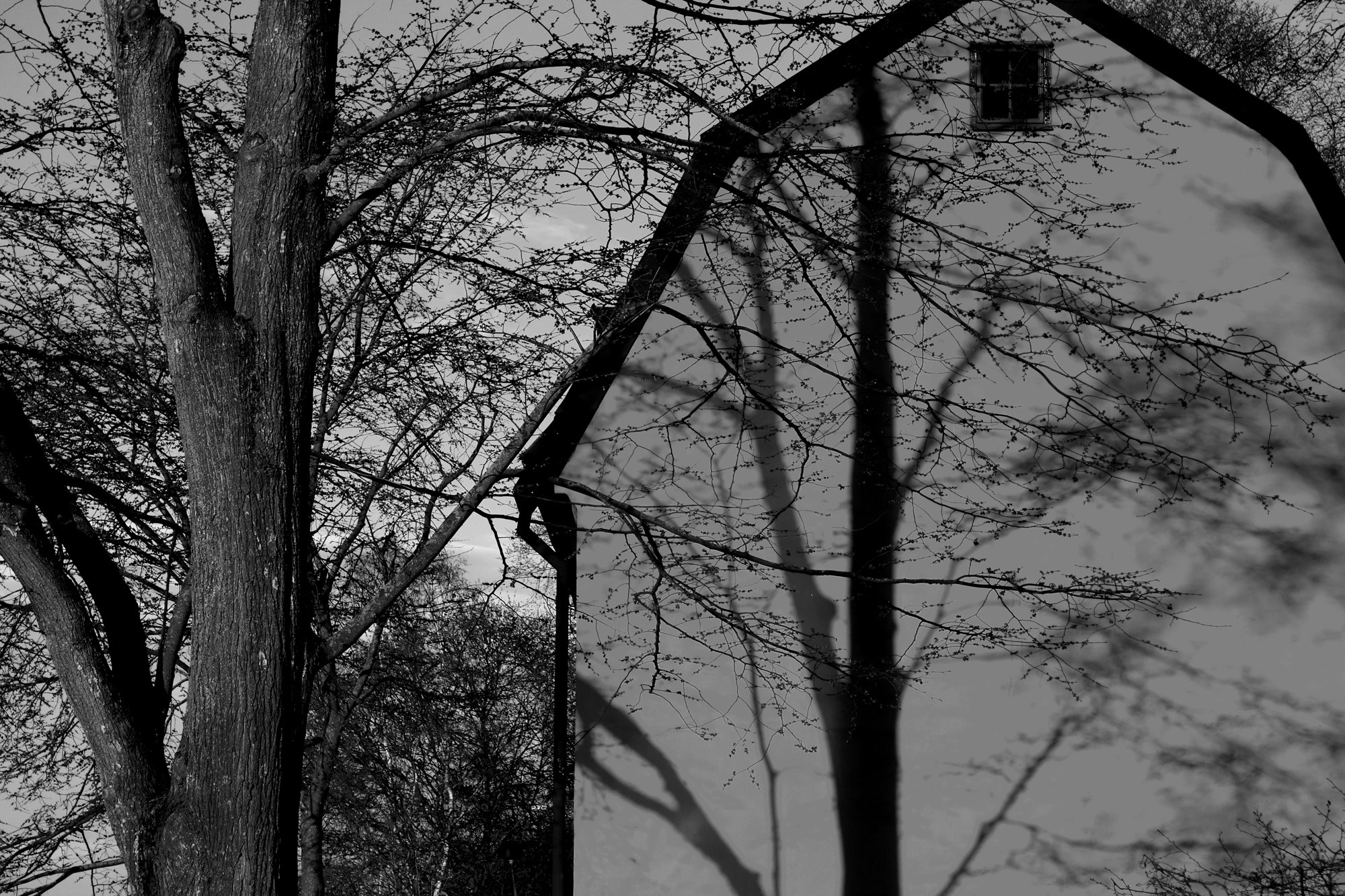
Recent articles

Southern California is many things. Quite infamously, it is known as a landscape defined by the automobile, from the emergence and diffusion of the highway system to fast food burgers, and the suburbanization of the United States. Walking this place then, would seem not only inconvenient, but ill advised. In… Read more »

What is today known as ‘whistleblowing’ could once take the form of interacting with a threatening gaze carved into the city wall. It is the case of the ‘boche de Leon’ or ‘lion’s mouths’ disseminated by the old Venetian Republic throughout its territory to suppress illegal activities. Through a close… Read more »

As he navigates through the recurrent lockdowns of the pandemic, stranded between hitchiking and muggings, job hunting and separations, Fabio Valerio Tibollo rediscovers photography as a powerful coping mechanism. Recording everything that happened around him for one year straight, from attending momentous events to finding curiosity in shots of simple living,… Read more »

